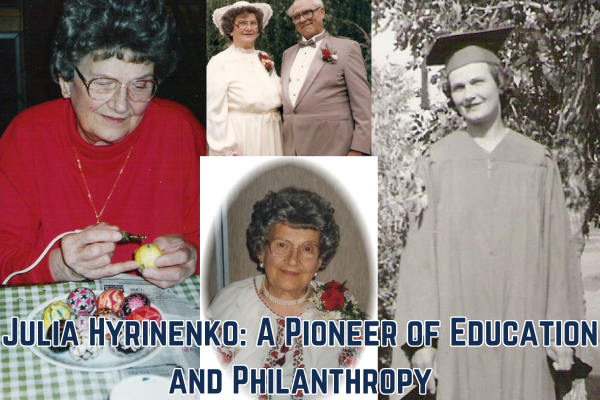Born on February 19, 1911, in Syracuse, New York, to Nicholas and Anna Romanyshyn, Julia Romanyshyn’s life story began in humble circumstances, but she left an enduring legacy.
Early Life and Challenges
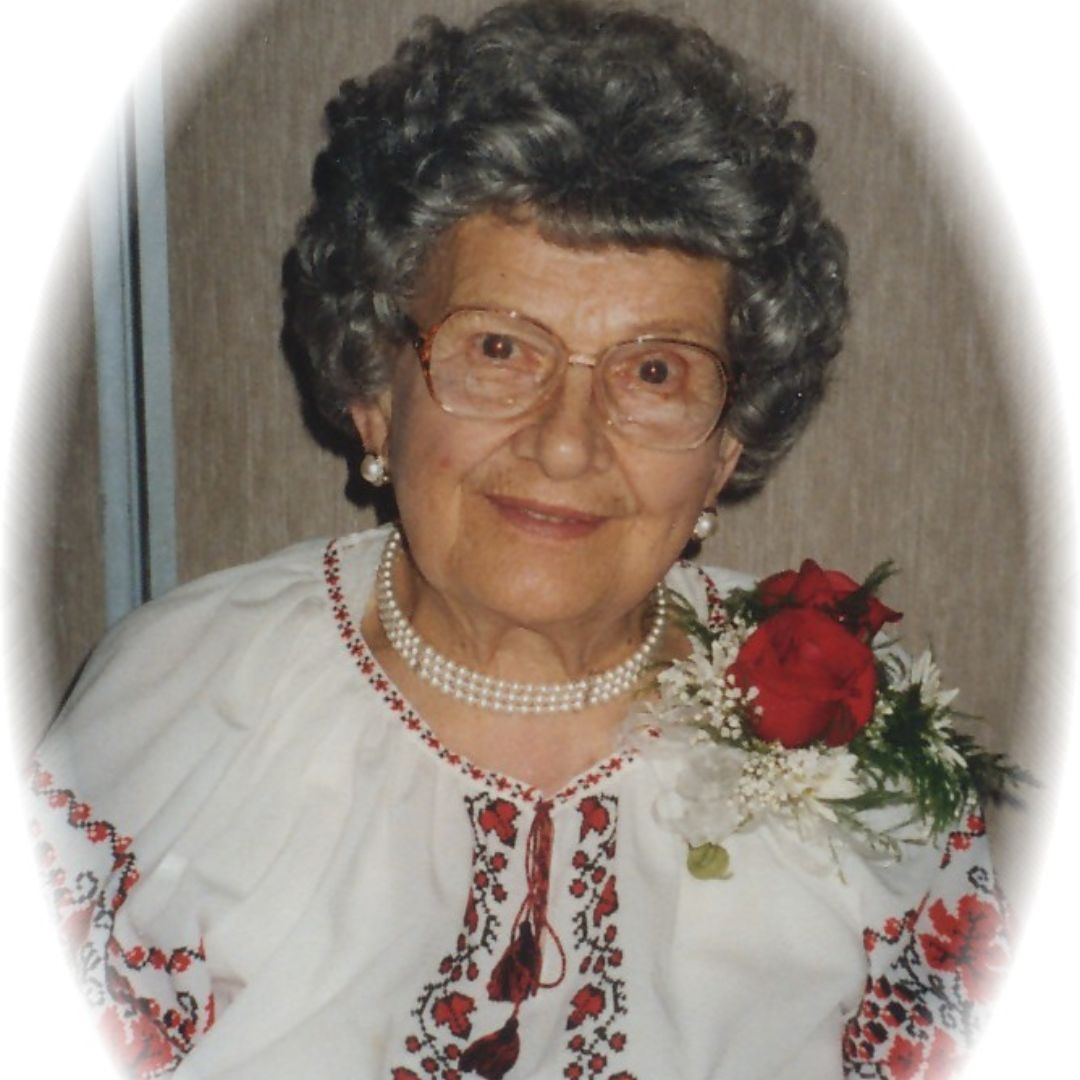 Julia’s parents were immigrants from the small village of Bezbrudy in western Ukraine.
When Julia was just ten months old, the Romanyshyn family relocated from New York
to North Dakota. They briefly stayed with another family northeast of Belfield, near
St. Demetrius Church, where her father served as a cantor. In 1912, they took advantage
of The Homestead Act and established themselves on a homestead in Billings County.
Julia’s parents were immigrants from the small village of Bezbrudy in western Ukraine.
When Julia was just ten months old, the Romanyshyn family relocated from New York
to North Dakota. They briefly stayed with another family northeast of Belfield, near
St. Demetrius Church, where her father served as a cantor. In 1912, they took advantage
of The Homestead Act and established themselves on a homestead in Billings County.
When Julia was seven years old in 1918, Dickinson State was founded as a State Normal School to train teachers for rural classrooms in North Dakota. Little did anyone know that a young girl facing the rigors of homestead life would one day have such a profound impact on that very institution—a girl born before Dickinson State even existed.
Life on the homestead was far from easy. As the eldest of eleven children, Julia took on significant responsibilities from a young age, helping care for her younger siblings and contributing to both indoor and outdoor chores. This early exposure to rural farm life ingrained in her a work ethic and a sense of duty. The Romanyshyns’ home lacked modern conveniences, with no indoor plumbing and a single room that served as their living quarters until a second room was eventually added on. Julia and her family relied on horses for fieldwork, and trips to town for supplies could take an entire day.
Despite these hardships, or perhaps because of them, Julia developed a deep appreciation for the value of education. She attended a one-room schoolhouse. The journey to school involved walking a mile and a half each way, often in harsh weather conditions. Julia began her education not speaking a word of English, as her family spoke Ukrainian at home. She studied by the light of a kerosene lamp and balanced her schoolwork with the demands of helping her father in the fields.
In 1927, Julia graduated from eighth grade and continued her education at Model High at the State Teachers College in Dickinson. To support herself, she worked for room and board. Julia attended summer sessions, took extra subjects, and graduated from high school in 1930. She completed her teacher training and secured a teaching position at the Dennis School in the Spring Creek School District in 1931.
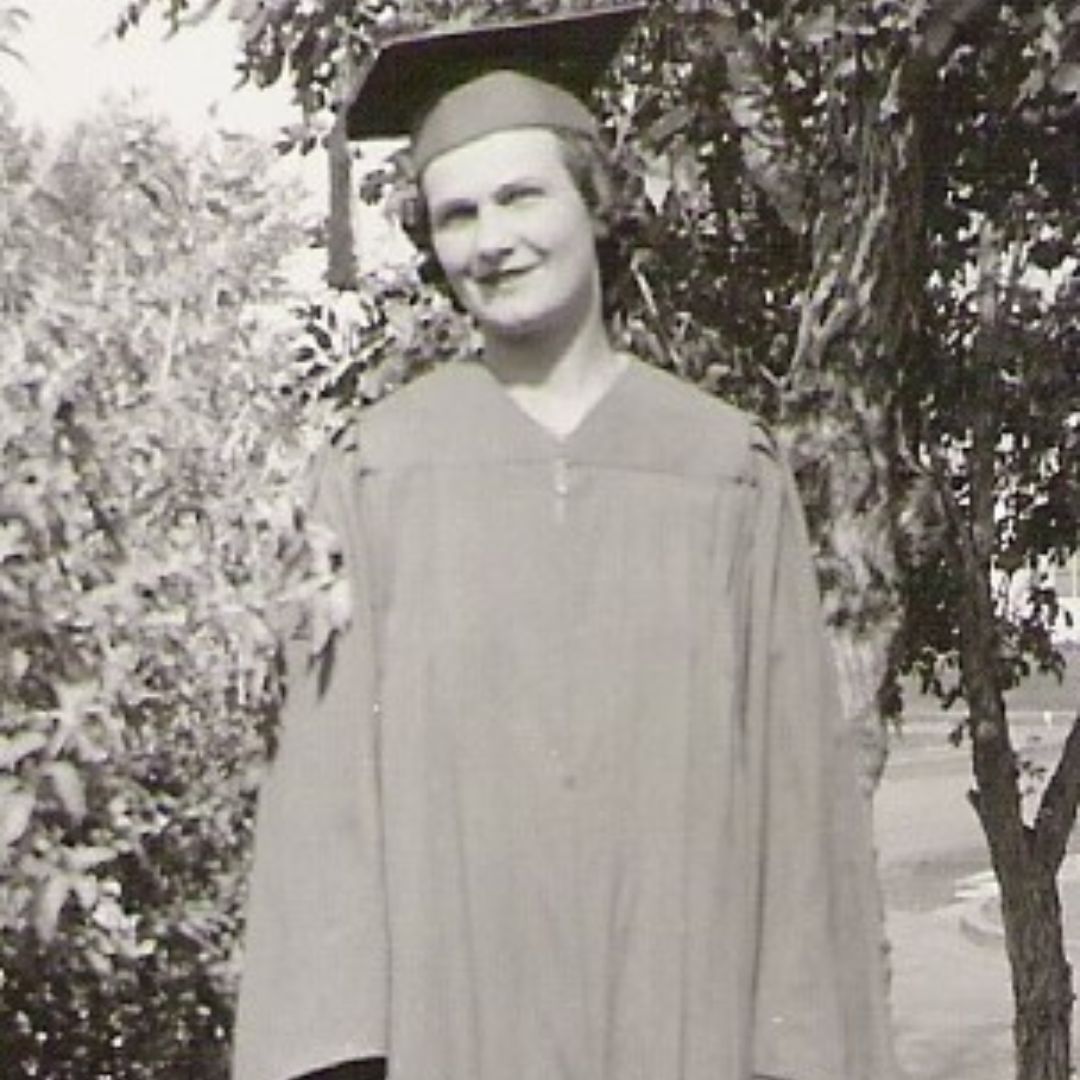
Building a Life and Career in Education
In 1934, Julia met George Hurinenko, and the two were married in 1936. They made their home on George’s father’s homestead, where they would spend the rest of their lives together. The early years of their marriage were marked by the challenges of the Great Depression. Droughts, grasshoppers, and hailstorms devastated crops, making survival a daily struggle. Julia’s teaching salary provided some financial stability during these difficult times.
Julia dedicated herself to the profession of teaching. She spent 41 years in the classroom, with 34 of those years in Billings County, five in Dunn County, and two in Emmons County. Julia was committed to rural education; she understood the unique challenges faced by students and families in these areas, and she was determined to make a difference.
The financial rewards of teaching were modest, with her starting salary at just $45 per month and her highest earnings reaching $635 per month. Yet, Julia found fulfillment not in monetary compensation but in the impact she had on her students and community. She was also involved in the creation of an elementary textbook titled "Conservation of Natural Resources," further contributing to the educational landscape of her time.
A Legacy of Giving and Community Involvement
Julia and George were fortunate in their later years when oil was discovered on their property. This unexpected windfall allowed them to give back to their community in significant ways. Julia and George used their newfound wealth to assist numerous relatives, neighbors, and students who needed help with college expenses.
After George’s passing in 1991, Julia established an Educational Trust to support the college education of 22 nieces, nephews, grandnieces, and grandnephews. The trust provided each student with the opportunity to use their portion for college expenses within ten years after high school graduation. On May 24, 2024, the remainder of the trust was transferred to the Dickinson State University Heritage Foundation to support scholarships for business, education, and nursing students, ensuring that even more students could benefit from Julia’s belief in the power of education.
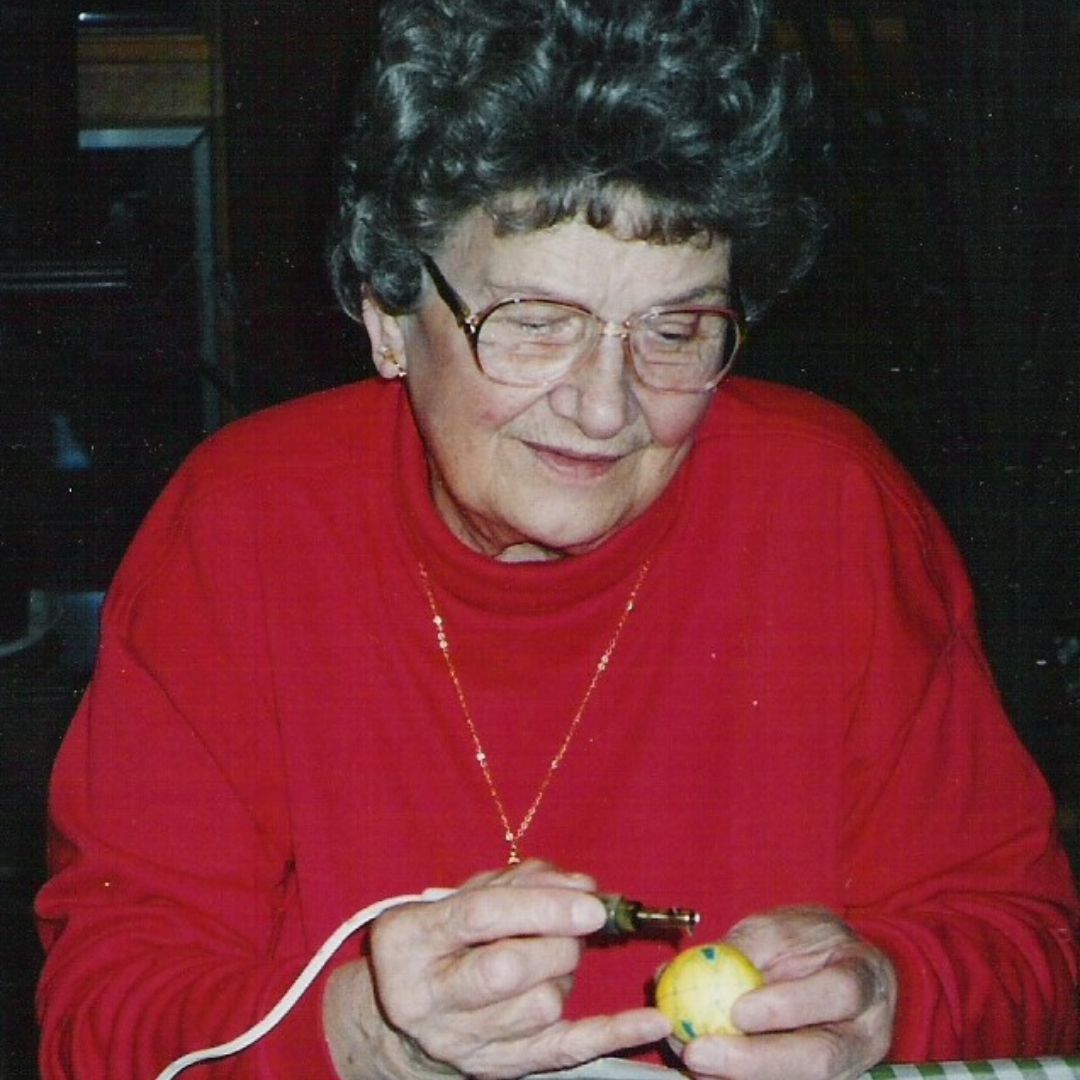 Julia’s involvement in her community was extensive. She was active in numerous organizations,
including the North Dakota Education Association, where she served as the State President
of the Rural Section for two years, and the Ukrainian Culture Institute, where she
was a Charter Member and Director for three years. She also served on the Dickinson
State University Foundation Board of Directors for six years.
Julia’s involvement in her community was extensive. She was active in numerous organizations,
including the North Dakota Education Association, where she served as the State President
of the Rural Section for two years, and the Ukrainian Culture Institute, where she
was a Charter Member and Director for three years. She also served on the Dickinson
State University Foundation Board of Directors for six years.
In addition to her work in education and community service, Julia had a passion for preserving and sharing her Ukrainian heritage. She was skilled in the art of pysanky, the traditional decoration of Ukrainian Easter eggs. Julia taught pysanky at various organizations, including Dickinson State University, and even shared this cultural art form with residents of Evergreen Nursing Home while recovering from West Nile at the age of 92. Her dedication to teaching and preserving her cultural heritage was a testament to her enduring spirit.
A Life Well-Lived
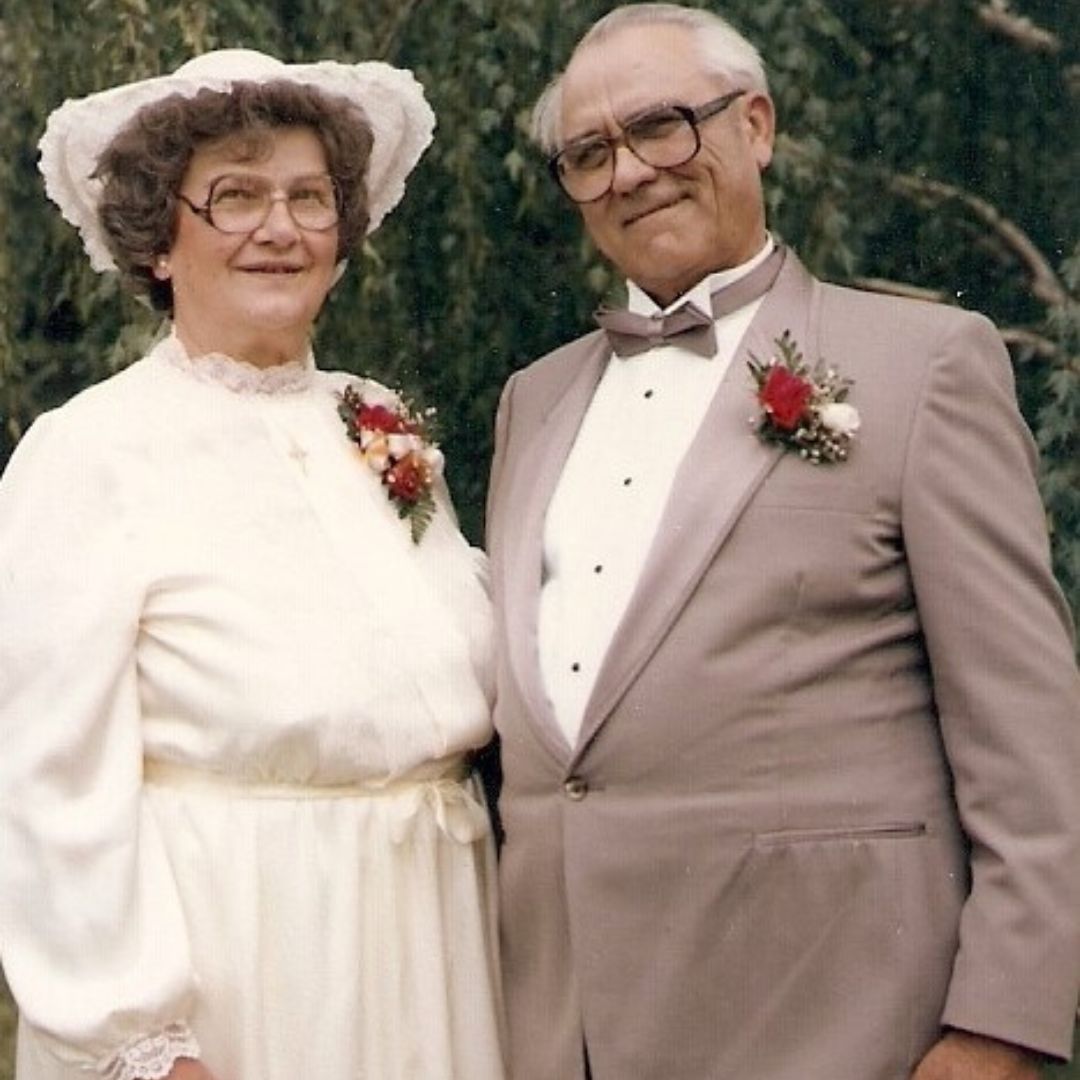 Julia Hurinenko’s life spanned nearly a century, during which she witnessed profound
changes in technology, transportation, education, and society. She often shared stories
of the first time she saw a buggy without horses, marveling at the progress that had
transformed the world around her. Despite the hardships she faced, Julia remained
resilient, strong, and dedicated to the values of education, hard work, and community
service.
Julia Hurinenko’s life spanned nearly a century, during which she witnessed profound
changes in technology, transportation, education, and society. She often shared stories
of the first time she saw a buggy without horses, marveling at the progress that had
transformed the world around her. Despite the hardships she faced, Julia remained
resilient, strong, and dedicated to the values of education, hard work, and community
service.
Even as she aged and eventually lost her sight to macular degeneration, Julia continued to be an active and engaged member of her community. She remained in her own home until her passing in October 2009 at the age of 98. Julia’s legacy lives on through the many lives she touched, both as a teacher and as a benefactor of education.
As we reflect on the life of Julia Hurinenko, we celebrate not just her accomplishments but the enduring values she instilled in others—values that remind us of the importance of education, community, and the legacy we leave.
-Written with Sharon and Patricia Romanyshyn.
To learn how you can contribute to the DSU Heritage Foundation, whether by donating to the general fund or directing your gift to a specific area of campus, visit www.dsuheritagefoundation.org.

